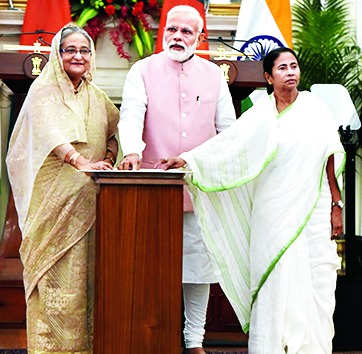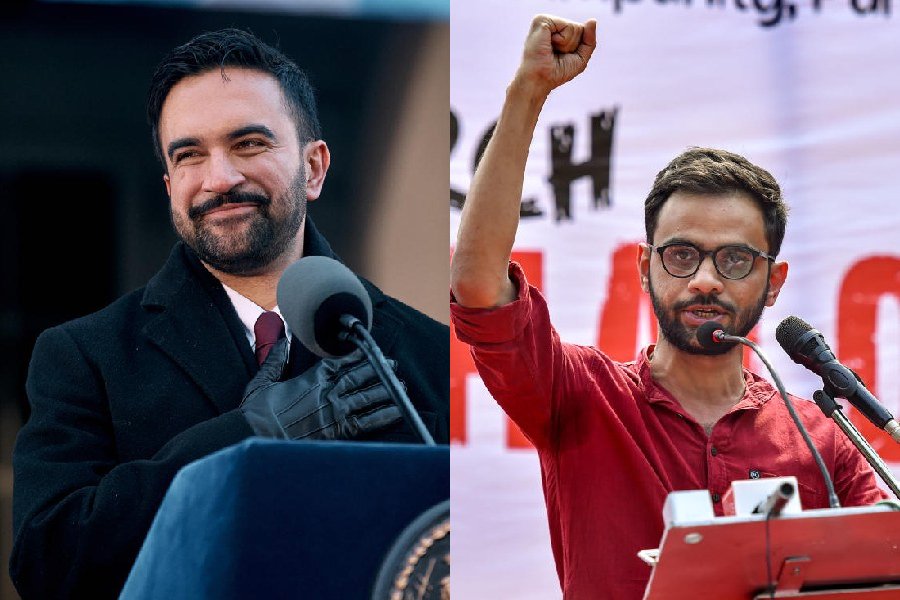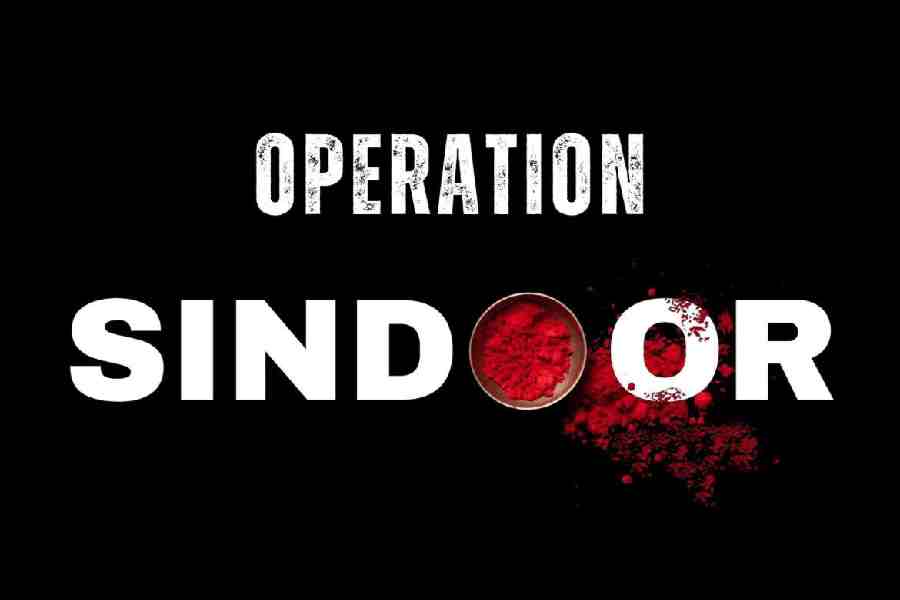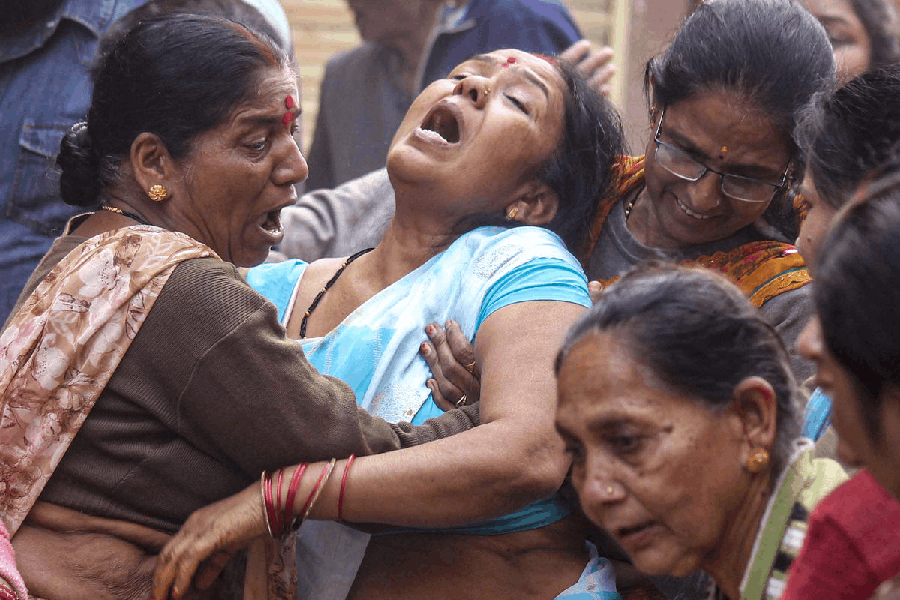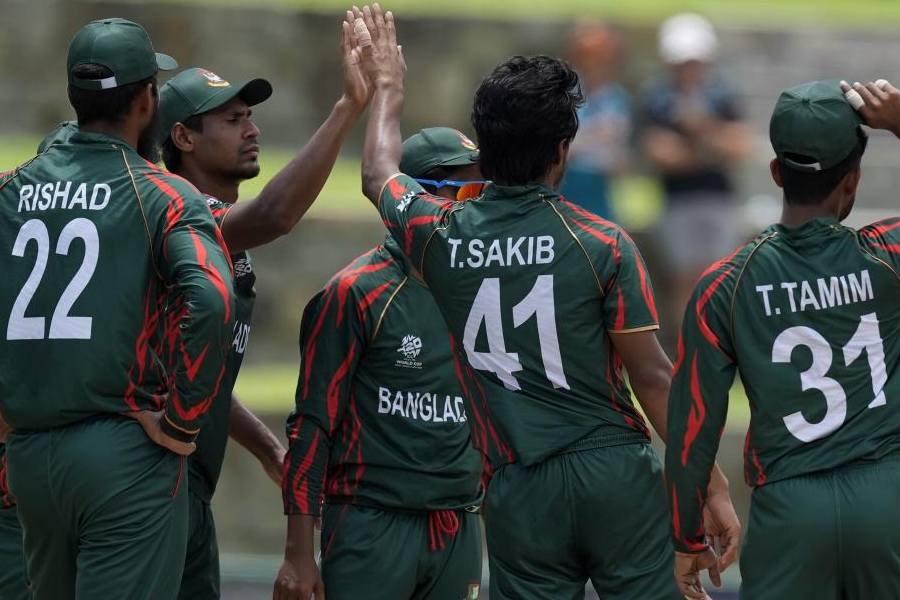
Indians in the United States of America - the model minority - increasingly represent themselves, and are applauded, as captains of science and industry, policy analysts, successful academics and professionals, the beneficiaries of the 'American Dream'. But there is another tale, much less known, about a radical South Asian history. This story is being documented and told by some members of the younger generation of South Asians and their organizations.
The number of progressive South Asian organizations is growing into an impressive list. The Washington DC-based South Asian American Leaders of Tomorrow convenes a national network of several organizations that share common principles related to social change. SAALT is their 'policy voice' in DC, and provides services to, works with, convenes, organizes and advocates for South Asians in the US to build a more inclusive society.
To foreground the radical South Asian tradition in the US, two young Indian professionals, deeply committed to issues of social justice, conduct a walking tour in Berkeley. Their objective is to counter the "model minority narrative", to "spark inter-generational conversations" and "enable progressive South Asians to reframe the ways in which they see themselves in the American political context". The walk, which is open to the general public, also seeks to build solidarity with other political organizing traditions. The proceeds of the walk support the Bay Area Solidarity Summer, where young South Asians learn about and extend these traditions.
The two-mile walk, Radical South Asian History Walking Tour of Berkeley, is conducted over a three-hour period and covers over a century of South Asian activism. It includes an array of issues and organizing efforts. The first stop is the Smithsonian Asian Pacific American Center, one of the three oldest LGBTQ organizing centres in America. It is where Ali Ishtiaq, a Bangladeshi engineer, saw a flyer asking, "Are you South Asian and gay?" It started Ishtiaq on a journey that enabled him to meet with other South Asians who were gay like him - like Arvind Kumar and Suvir Das. These young men started Trikone in 1986 in the San Francisco Bay area that included a magazine with the same name. It was the first South Asian gay organization anywhere in the world and continues to be active.
Ishtiaq was on the receiving end of a lot of vitriol from other Muslims in the US and Bangladesh for being open about his sexuality and daring to get married in 1992, when gay marriage was not yet acceptable or legal even in the US. Gay marriage became legal in California in 2008. South Asian LGBTQ magazines, flyers and posters reveal how Ishtiaq's activism extended to a number of other causes, including Palestinian solidarity and support for poor people's movements in Bangladesh - to where he eventually returned and continued his mission of social justice.
A stop at Moe's, the famous, independent bookshop is to enable a conversation on the many ways to work towards building safe communities, and how community businesses can play a role in doing so. Moe's puts up posters in times of tension - such as during Donald Trump's presidential victory and the fear stoked by his anti-immigration and anti-Muslim rhetoric - to declare that it is a safe space for all.
A stop at the historic mural on Telegraph Avenue that celebrates free speech and the struggle to attain it during the days of the civil rights and anti-war movements provides an opportunity to place South Asian activism in a broader context of the various struggles waged in the US in the 1960s and 1970s. The magnificent mural, painted in 1976, registered as a historic plaque in 1999, features two members of the Hare Krishna movement, who are beating their cymbals amid the protesters. When the mural was developed, the radical history of South Asians in America was barely known. The more recent works of mostly South Asian scholars and activists, who have researched and documented this important aspect of South Asians in America, have made this history much more broadly known.
The Berkeley campus has been a site of South Asian activism almost since the time Indian students started coming to study at the University in 1904. In January 1908, 16 Indian students, then derogatively rebuked for being "Hindoo", protested the racism they encountered. Kartar Singh Sarabha, the Indian Sikh revolutionary, who is among the most famous and reputed martyrs of Punjab, came to Berkeley at 16 to study. Instead, he was influenced by the revolutionary call to overthrow colonialism made by Sohan Singh Bhakna of the Gadhar Party. Sarabha dedicated his short life to this mission. He and 17 other Gadharites were sentenced to death on charges of conspiracy in Lahore (1914-1915).
The radical political traditions of Indian students continued during the 1970, when the Indian Students Association at Berkeley and other campuses across the US became politicized and staged protests against the Emergency in India. To counter surveillance, many South Asian students wore masks at protests. This organizing tactic was borrowed from Iranian students who wore masks at their protests against the cracking down of dissent by the Shah.
In November 1999, feminist and labour organizers in Berkeley united to expose the culpability of the Reddy brothers, who were local landlords worth millions of dollars. The Reddy brothers came to Berkeley in the 1960s and brought people from their village illegally to serve their commercial interests. Among those trafficked were three girls. The brothers allegedly murdered one of them who they tried to smuggle out of one of their apartment building in a carpet, and in trying to do so, aroused suspicion. It has been alleged that they killed Lalita through carbon monoxide poisoning. Activists rushed Lalita to hospital and saved her life. South Asian organizations like Narika, Maitri and the Alliance of South Asians Taking Action worked to ensure that the Reddy brothers were prosecuted. They built public support and offered a range of services for the many trafficked and low-paid Reddy employees.
Immediately after 9/11, Sikh and Pakistani Muslim students were harassed and threatened. Instead of remaining silent, students at Berkeley High organized a movement against racism to make their school a safe place. They asked other students to stand with them in solidarity by wearing green armbands to walk with South Asians and their family members as they navigated hate crimes committed by fellow students and the broader Berkeley community. They planned an anti-racism assembly where they spoke about the hate speech they experienced, even from fellow students, and explained what was occurring in South Asian homes. In the face of hate, these young students stood together in solidarity and ran anti-racism teach-ins.
The walking tour at Berkeley represents in a microcosm radical South Asian activism in the US. To witness the ways in which these particular histories have been researched, sewn together and presented dramatically through a walking tour for the public was a moving experience. Clearly, the commitment of progressives in Berkeley and across the country continues in everyday actions to keep their communities safe, and to challenge the rollback of hard-won rights and freedoms. Calcutta, with its radical political organizing traditions and history, could lend itself to many such walking tours.

